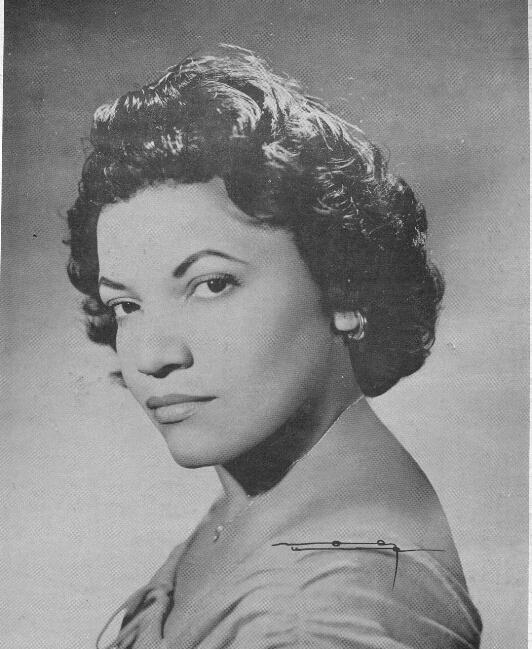10.2 Main musical genres of the 20th century (1930-1958).

During this period of 20th-century Cuban music, new musical genres emerged that exemplified the quality of our music and brilliantly represented Cuban culture. During this period, from 1930 to 1958, three fundamental genres stood out in Cuban music: mambo and cha-cha-chá. Feeling was an experiment with bolero, which, without creating a new musical form, is rhythmically very Cuban.
Mambo was created by Orestes López, who, based on the Danzón, introduced a syncopated bass to the montuno in his Danzón-Mambo, which is known as Danzón de Nuevo Ritmo. This Cuban rhythm was popularized by Dámaso Pérez Prado. Mambo’s structure is freer, with short, staccato phrases and repetitive periods, forming several periods using a basic structure of sequences, syncopations, and setbacks. It features incoherent lyrics with guttural sounds and shouts. It is a genre performed by jazz bands.
Mambo is a fusion of American sound and orchestral components and elements. It is undeniably influenced by jazz, percussion, and the essential rhythmic elements of Cuban music.
Feeling emerged in the 1940s from 20th-century Cuban music. It is a word of English origin that means feeling, emotion. It is notably influenced by American music, due to its musical foundation, jazz. This musical genre demonstrates great interpretive freedom. The lyrics of its songs are poetic, romantic, and very realistic. Prominent composers include César Portillo de la Luz, José Antonio Méndez, Adolfo Guzmán, among others.
In the 1950s, Enrique Jorrín created the Cha-Cha-Chá based on elements of the Danzón. He modified the structure of the Danzón with a short instrumental introduction, an expository section, and a montuno. The lyrics can be humorous, based on everyday life, and have a distinctly popular character. It is called Cha-Cha-Chá because of the sound produced by the strumming of the güiro and the dance halls. Prominent Cuban performers of this genre include Rafael Lay and Richard Egües.
Cuban composer Leo Brouwer once said that pop music was nothing more than “Cha-cha-cha with drums,” expressing his opinion on the influence and contributions that this Cuban musical genre has had on other universal rhythms.








